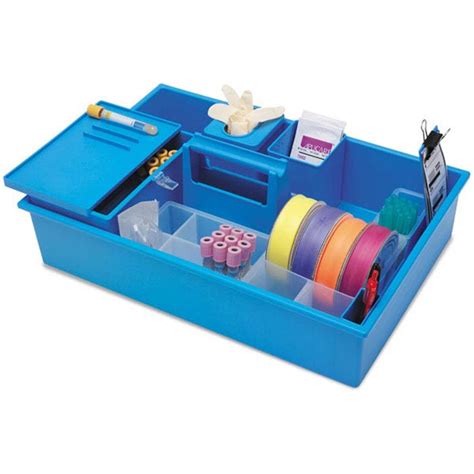**Title: Phlebotomy Tubes Order of Draw: A Complete Guide**
**Introduction:**
Phlebotomy is the process of drawing blood from patients for various diagnostic tests. It is crucial to follow a specific order of draw when collecting blood samples to prevent cross-contamination and ensure accurate test results. In this article, we will discuss the correct order of draw for phlebotomy tubes, including the different types of tubes used and their respective additives.
**The Importance of Following the Order of Draw:**
Following the correct order of draw is essential in phlebotomy to maintain the integrity of blood samples and prevent errors in test results. When blood is drawn, various additives in the collection tubes can interact with each other, potentially leading to inaccurate test results. By following a standardized order of draw, phlebotomists can minimize the risk of cross-contamination and ensure the reliability of the samples.
**Phlebotomy Tubes Order of Draw:**
Below is the standard order of draw for phlebotomy tubes, along with the types of tubes used and their additives:
1. **Yellow Tube (Sterile):**
– Additive: SPS (Sodium Polyanethol Sulfonate)
– Used for: Blood culture (microbiology testing)
2. **Light Blue Tube:**
– Additive: Sodium Citrate
– Used for: Coagulation studies (PT, PTT, INR)
3. **Red Tube:**
– Additive: None or Clot Activator
– Used for: Chemistry tests, serology, blood bank, and immunology tests
4. **Gold or Tiger Top Tube:**
– Additive: Clot Activator and Gel Separator
– Used for: Chemistry tests, infectious disease tests, and hormone tests
5. **Green Tube:**
– Additive: Heparin (Lithium, Sodium, or Ammonium)
– Used for: Chemistry tests, arterial blood gases, and STAT chemistry tests
6. **Lavender Tube:**
– Additive: EDTA (Ethylenediaminetetraacetic acid)
– Used for: Hematology tests, blood bank tests, and DNA studies
7. **Pink Tube:**
– Additive: EDTA with Potassium (K2-EDTA)
– Used for: Blood bank and immunohematology tests
8. **Gray Tube:**
– Additive: Potassium Oxalate, Sodium Fluoride
– Used for: Glucose testing, blood alcohol, and lactic acid tests
**Benefits of Following the Order of Draw:**
– Minimizes the risk of sample contamination
– Ensures accurate test results
– Improves patient safety by reducing the chance of misdiagnosis
– Standardizes the phlebotomy process for consistency and efficiency
**Practical Tips for Phlebotomy Tubes Order of Draw:**
1. Always verify the correct order of draw with your facility’s protocols.
2. Label each tube correctly with the patient’s information to avoid mix-ups.
3. Dispose of used needles and tubes properly to prevent needlestick injuries.
4. Practice good hygiene and infection control measures during phlebotomy procedures.
**Conclusion:**
Following the proper order of draw for phlebotomy tubes is crucial in ensuring the accuracy and reliability of blood test results. By adhering to the specified order, phlebotomists can minimize the risk of errors and contamination, ultimately providing quality care for patients. Remember to always follow established protocols and best practices in phlebotomy to maintain the highest standards of patient care.
